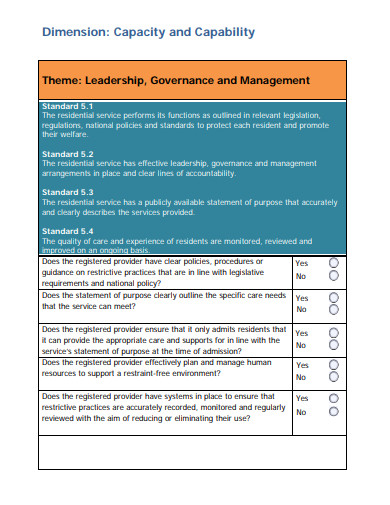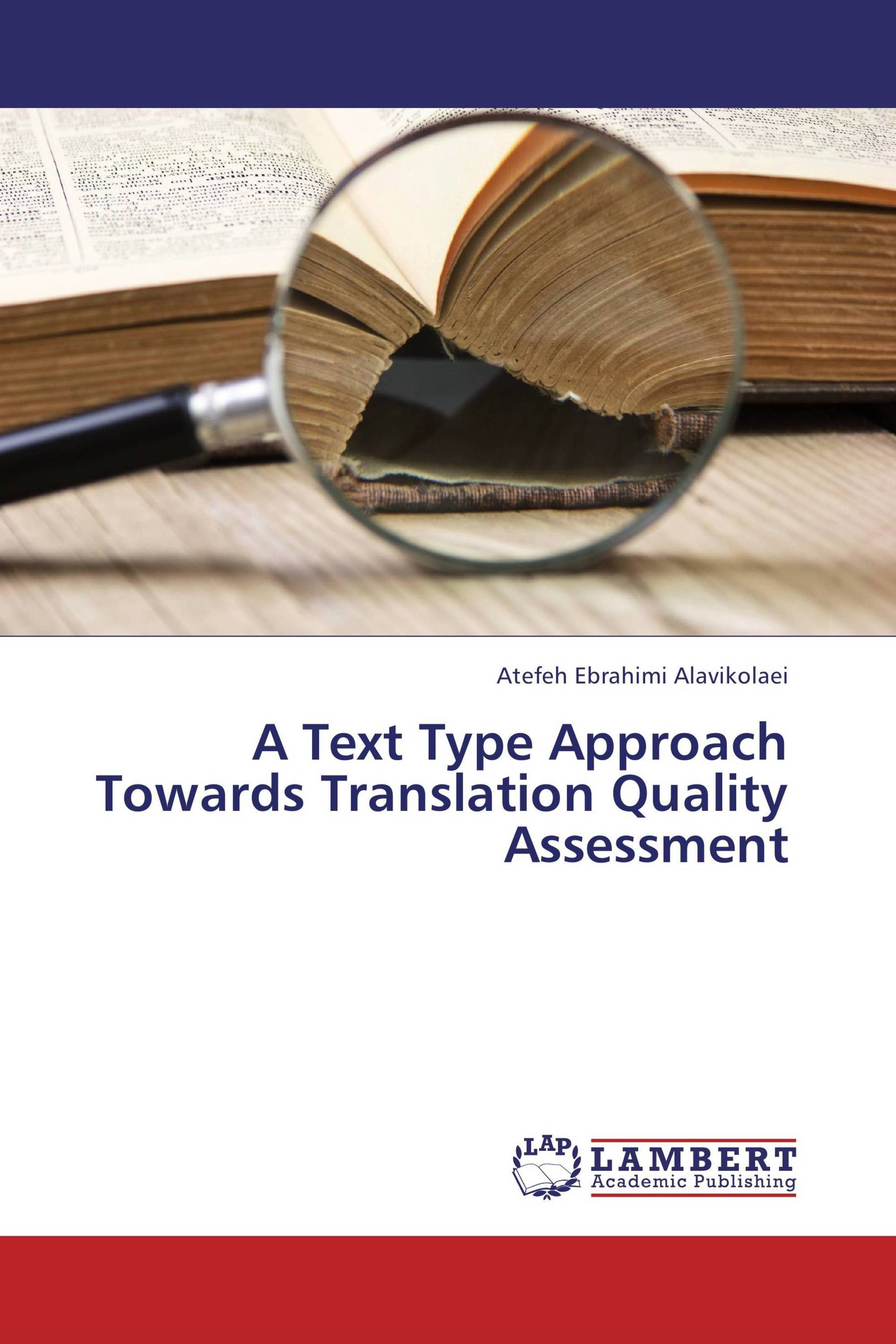

It is not clear whether the O-levels in Pakistan are the educational equivalent of the GCSE in England and the GED in the United States. For example, measuring levels of education can present difficulties. orangesīe careful about assuming cross-cultural equivalence. Solution: When creating and localizing survey instruments, work with cultural consultants who can help you ask these questions in acceptable ways. Asking about income levels and ethnicity might feel intrusive and offensive in some cultures. Can they ask me that?Īnother source of confusion can come from demographics measures. Solution: To control for this tendency, the survey designer might survey half the respondents using a scale that runs from left to right, and the other half with a scale that runs the opposite direction. In the United States, some researchers have noticed that respondents tend to choose answers nearer to the far left of the scale regardless of content, possibly because of patterns of perception one wonders whether cultures whose language reads right-to-left (Arabic, Hebrew) might favor the far right end of the scale? Which end is up?Ī second problem with Likert scales is that some cultures may be accustomed to seeing 1 as the most positive end of a scale and 5 as the most negative, while others may be used to the reverse. This allows for finer gradations of opinion. Solution: To better capture degrees of individual variation, the survey designer might use a scale of 1-10 rather than 1-5. Some researchers suggest that the difference lies in cultural values about the acceptability of extreme positive or negative opinions.

This variation occurs regardless of the content of the question. Members of other groups are more likely, on average, to choose answers toward the middle (neither agree nor disagree). Cross cultural experts warn of that some cultural groups are more comfortable choosing extreme answers (strongly agree, strongly disagree). The Likert scale asks a respondent to indicate on a scale of one through five how strongly they agree or disagree with a statement. Moderation or extremism?Ī popular format for response categories is the Likert scale. Here are some issues that might arise, and how to control for them. Responses can vary depending on the culture of the respondent. Even well-translated surveys can be biased by cultural issues. When planning to administer a survey in multiple languages, take these cultural issues into account before survey translation begins.

Facebook Tweet LinkedIn Survey translation: Cultural biases to look out for


 0 kommentar(er)
0 kommentar(er)
